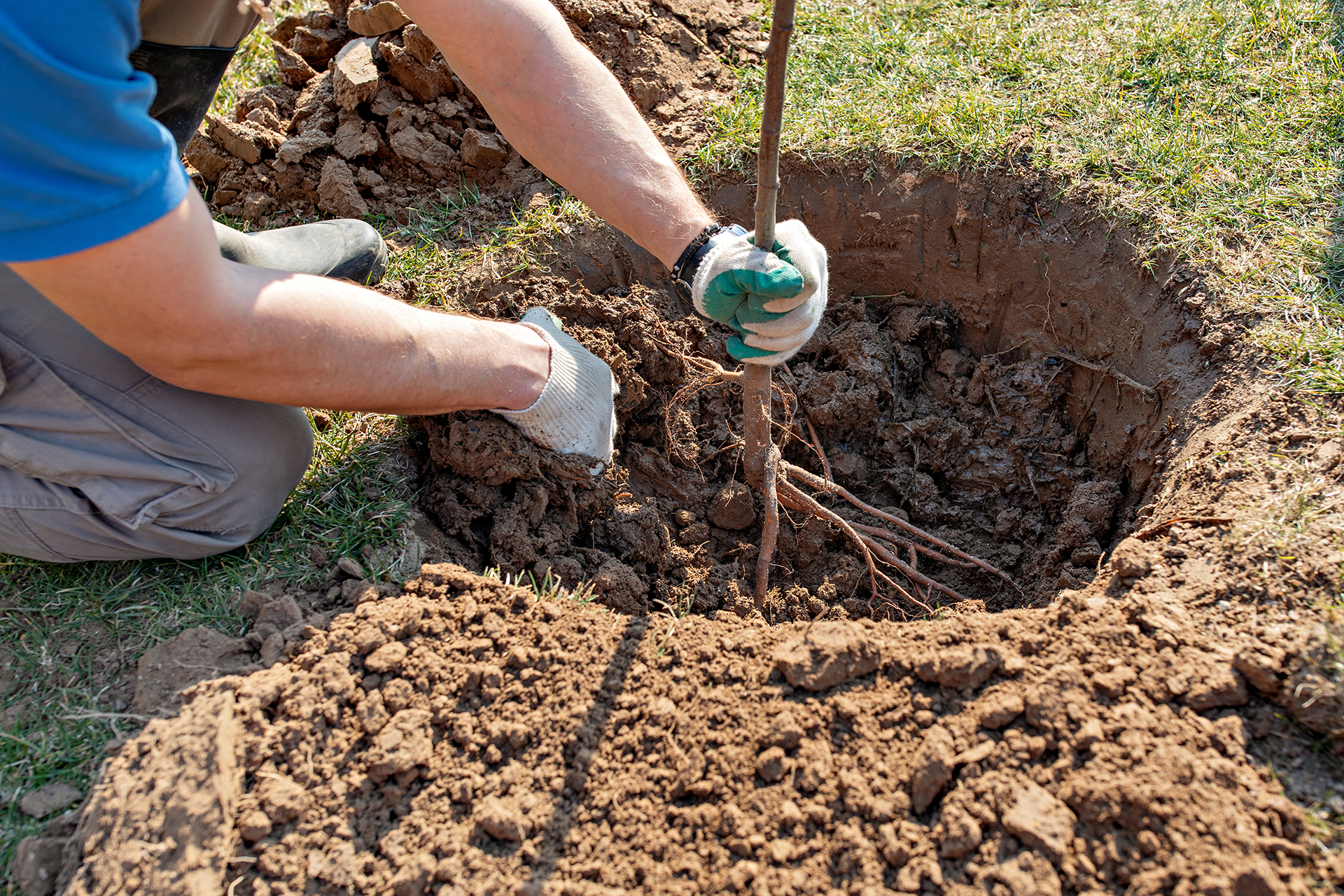Basics of raised garden beds
Raised beds offer accessibility, versatility in the garden
Whether you have a lot of space or just a little, raised garden beds offer opportunity to succeed with your gardening anywhere there is good sunlight available, said a Texas A&M AgriLife expert.
General rules for raised garden beds
“Raised beds could be boxed beds, or they could be one of the large fabric beds,” said Skip Richter, Texas A&M AgriLife Extension Service horticulture agent, Brazos County, and host of Garden Success, KAMU FM/HD-1.
Raised beds are, in general, just a big container providing a wide and deep area for plants to grow, Richter said. Because of that, they can be placed virtually anywhere, including on concrete driveways or in a yard where good soil may not be readily available. Like an in-ground garden, a raised bed requires good sunlight and a quality medium for plant roots to establish.
“When you do a raised bed on a very hard surface such as a driveway or a patio, or perhaps you live in an area of the state where there’s a rock outcropping and just not much soil to grow in, you want to make it about 18 to 24 inches deep,” said Richter. “And if there’s soil that the roots can go down in below the bed, anything from 8 to 10 inches is high enough.”
Making the sides of the bed a little higher offers a comfortable place to sit while doing your planting and weed pulling, helping to keep you from stooping over the entire time, explained Richter.
Choosing the right soil
Selecting the right mix for your raised bed is also very important and allows for control over the health and drainage of the soil.
“You need a good quality mix to go in them,” said Richter. “Not heavy garden soil, but something that has been created specifically for raised beds, which we call growing media.”
One common growing media that’s used a lot in containers is regular potting soil with peat moss and some white pearlite in there for extra drainage, but for larger beds you can purchase a growing mix.
“A growing mix has perhaps some variations like sand, some decomposed organic matter such as wood chips, and other types of plant materials that have been ground up and decomposed.”
These will hold moisture well but also drain well, which is important.
“Roots need oxygen, they need moisture, they need good drainage, and they need nutrients,” he said. “And a good quality mix will give you all of the above.”
As you plan more for your raised garden beds, be sure to look into starting from seeds or transplants as well as how to choose the best fertilizers for your gardens.
For further information on growing individual vegetables, visit the Easy Gardening Series, or view the information on planting vegetables to get more on seeding and transplanting.
Additional free gardening information and tips can be found on the Aggie Horticulture website where a variety of publications available, all produced by Texas A&M AgriLife.






